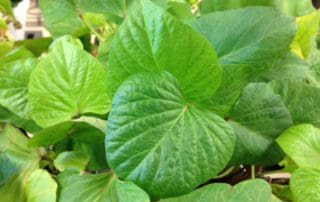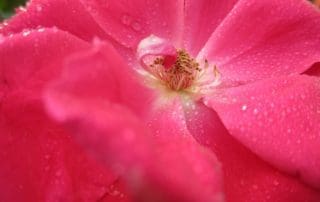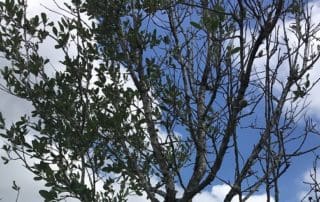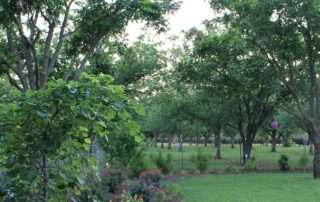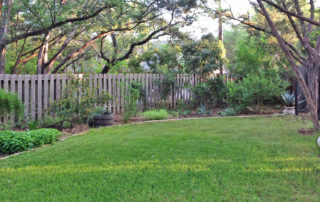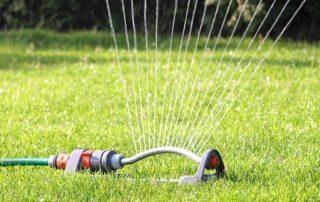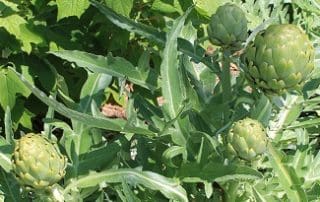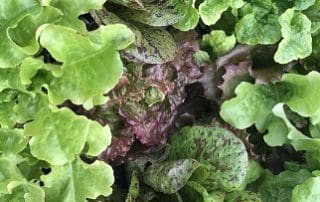Photinia Leaf Spot
My Photinia Leaf Has Spots? If you have Red Tip Photinia in your yard, you are most likely familiar with the red-purple photinia leaf spots that can appear on the leaves. This spotting is caused by a fungus, Entomosporium, and can cause damage to Photinia and Indian Hawthorn. Other plants in the rose family that may be infected include loquat, flowering quince, pyracantha and pear. We frequently see severe damage after periods of frequent rainfall, although overhead watering for lawns that hits the shrubs is also a factor. The disease starts [...]


